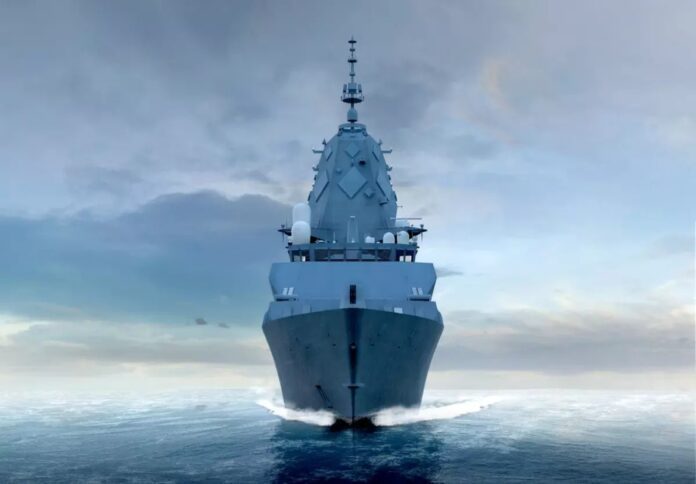
BAE Systems Australia has partnered with Lockheed Martin Australia and Saab Australia to assist in the development, manufacturing, and delivery of the Hunter class frigate combat management system, according to Craig Lockhart, BAE Systems Australia’s managing director.
This system integrates the warship’s weapons, sensors and Australian-designed and built radar into one single highly effective and capable system, providing the crew with an integrated warfare management system that enables them to perform multiple combat missions, threat management and engagement scenarios simultaneously.
Under the collaboration, dubbed as the Combat Systems Integration – Integrated Project Team (CSI-IPT), Hunter will be outfitted with the US Navy’s Aegis combat management system, which was developed by Lockheed Martin and purchased through a Foreign Military Sales agreement, as well as an Australian interface developed by Saab Australia.
The Commonwealth, in the form of the Maritime Integrated Warfare Systems branch, is also part of the partnership.
Lockhart pointed out that all four organisations are collectively incentivised to deliver combat systems capability to the Navy’s Aegis Combat System fitted surface fleet, and focus their collective resources on solving the complex integration challenges rather than protecting individual scope boundaries.
The majority of team members in the CSI-IPT work at a single location, fostering strong employee engagement and a ‘one team’ environment that strengthens the culture and ownership of shared outcomes.
Team roles in the CSI-IPT range from graduate engineers to the Head of Combat Systems and are filled by an equal mix of all partnering members.
Moreover, leaders from all four organisations are expected to work together to form a single management team that meets on a regular basis to discuss employee growth, career development, and common recruitment approaches, as well as to address any and all issues or concerns.
“Being able to leverage the knowledge and expertise of all four organisations has helped us grow a capability and workforce that no one organisation could achieve in isolation,” Lockhart noted.
The BAE Systems official also guaranteed that the men and women of the Royal Australian Navy have the support they require to safeguard the future by pooling resources and cooperating in a competitive labour market.
“The partnership represents the start of a genuine industrial transformation that lays the foundation for the fighting heart of Navy’s future warships to be designed, built and maintained in Australia,” Lockhart added.




















